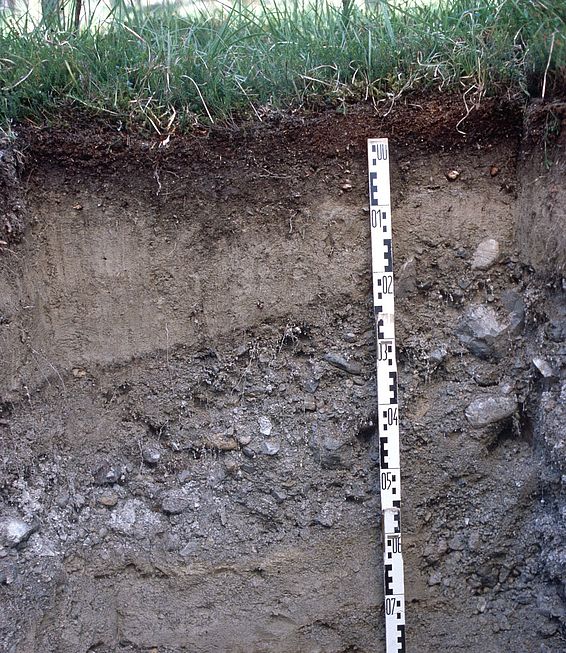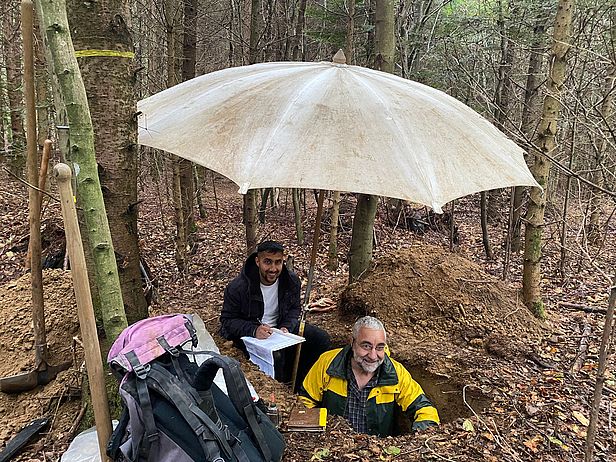27.03.2024 | Gottardo Pestalozzi | WSL News
Forest soils store carbon, but release it again in large quantities during natural disturbances or timber harvesting. The way this happens should be considered when calculating CO2-budgets. This is shown in a study by the Swiss Federal Research Institute WSL.

Planting trees to combat climate change? In recent years, media around the world have widely covered the scientific debate associated with this question. Undisputed is the fact that forest soils store large amounts organic carbon in humus, in Swiss forests 17% more than in the biomass. A research team led by Mathias Mayer from the Swiss Federal Research Institute WSL has analyzed the role of disturbances, which have increased in recent years due to climate change. The scientists examined 151 studies worldwide with the aim of assessing the release of CO2 and thus of stored carbon following a disturbance. They concluded that forest fires have the greatest impact, followed by windthrow, timber harvesting, and insect pests. More important than the type of disturbance, however, were the type and amount of organic carbon stored in the soil prior to an event.
Different effects depending on soil type ¶
Carbon loss was greatest in the cold regions in the far north and in mountain areas with large amounts of humus in the topsoil. In such forest soils, the negative effects were still detectable at least four decades after a disturbance. Forests with an initially low humus content in the topsoil lost less carbon and returned to their pre-disturbance state in a shorter time. The research group therefore considers it important that the discussion about carbon sequestration through afforestation includes possible losses due to disturbances.
The forest soil – Soil of the year 2024 ¶
The results of the WSL study illustrate the key role played by forest soils and the diversity of their site conditions for climate regulation. In addition to sequestering carbon, healthy forest soils provide numerous benefits for society and the environment: They supply plants with water and nutrients for their growth, contribute to clean drinking water, provide a habitat for numerous organisms, and regulate the material flows of water and nutrients. Last but not least, they make an important contribution to flood protection.
The soil science societies of Switzerland and Germany have therefore named the forest soil "Soil of the Year" in 2024.
The WSL maintains a comprehensive database of Swiss forest soils and stores around 60,000 soil samples in its soil archive. A photo gallery of soil profile images from regions throughout Switzerland is presented online to coincide with the publication of this study.
Always up to date: Subscribe to the WSL Newsletter
Contact ¶
Publication ¶
Copyright ¶
WSL and SLF provide image and sound material free of charge for use in the context of press contributions in connection with this media release. The transfer of this material to image, sound and/or video databases and the sale of the material by third parties are not permitted.

